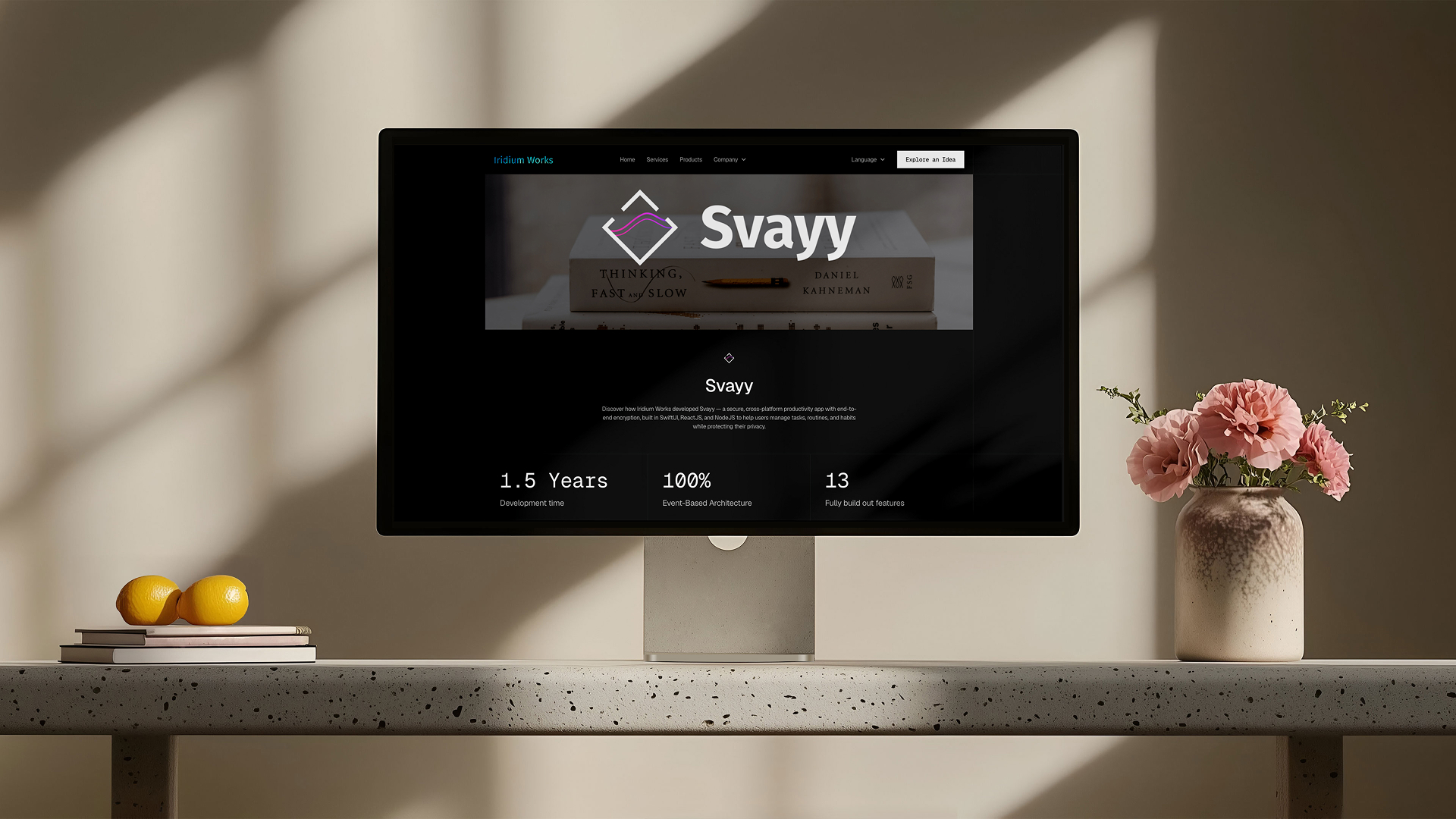
Christian Huff
CFO
Storytelling transforms abstract features into memorable customer success stories that inspire, build trust, and drive business growth.

Many corporate websites – especially in the B2B sector – are technically correct but rarely persuasive. Long feature lists, technical specifications, certifications. All important, but seldom inspiring.
Feature lists have their place, but they quickly hit their limits:
Example: “Our system processes 30% more data per second.” Sounds impressive – but what does it mean? Lower costs? Faster delivery? Fewer errors?
People remember stories, not datasheets. Emotions stick, and they build trust. Storytelling translates technical features into vivid scenarios and makes benefits tangible. A good story answers three simple questions:
This creates a clear, memorable benefit – even if the technical details are forgotten.
A classic approach that shows why your product matters.
Example:
“A mid-sized manufacturer lost 10% of production time due to downtime. After introducing our system, downtime fell by 70%. Today, the company saves €500,000 per year.”
Don’t put your company in the spotlight – let the customer be the hero.
Example:
“Our client faced the challenge of completing a complex project with only a fraction of the resources. With our platform, they not only achieved the goal but doubled customer retention. We were just the sidekick – the true hero is the customer.”
Perfect for showing transformation.
Example:
Important: storytelling does not replace features – it enhances them. Features are the proof, storytelling is the frame that makes them relevant. A good structure looks like this:
This way, companies achieve both: emotional relevance and technical credibility.
In a world of interchangeable products, simply listing features isn’t enough. Companies that tell powerful stories about their solutions gain more attention, stay memorable, and convince on both rational and emotional levels.
Storytelling is not a “nice-to-have.” It’s a decisive competitive advantage.
As CFO, Christian is responsible for the business side of Iridium Works. Over the years, he has built and managed several companies. Christian writes about digitalization, sales, and current market trends, and how Iridium's services impact its customers.
Access our exclusive whitepapers, expert webinars, and in-depth articles on the latest breakthroughs and strategic implications of webdesign, software development and AI.